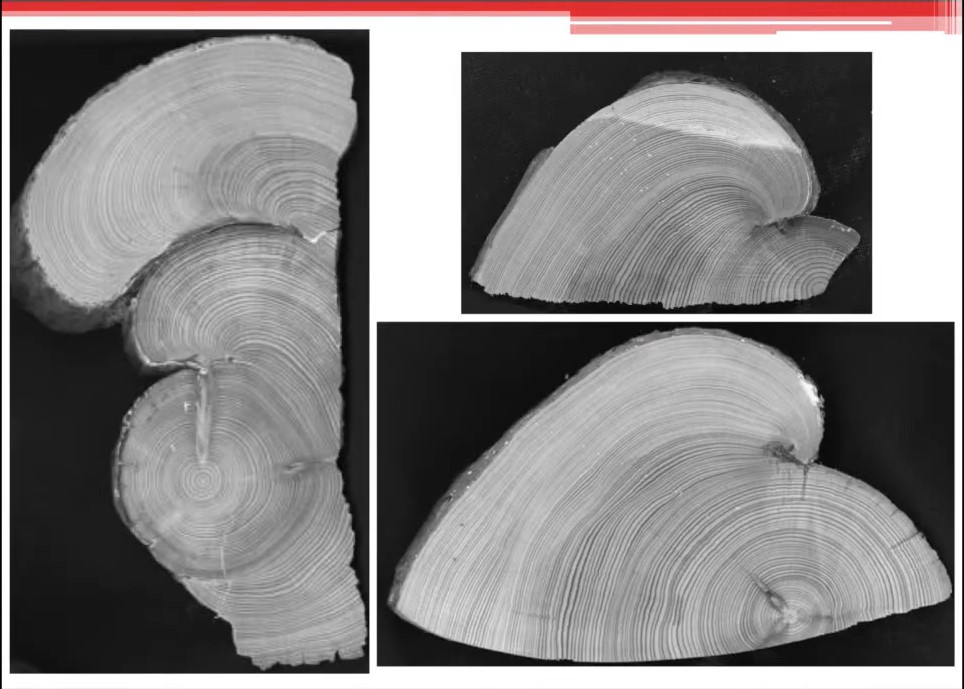Dr. Lori Daniels, University of British Columbia, describes research in progress to illuminate the role of fire in forest dynamics and succession in Alberta’s montane forests. The long standing model of stand replacing fires and the successional trajectory of forest growth from pioneering species to climax species and stability misses the real complexity of forest landscapes.
Stand origin mapping has been the technique to determine the frequency of stand replacing fires. vanWagner et al’s paper in 2006 elegantly described 700 years of fire cycles in Canada’s Rocky Mountain National Parks with differences for forests on the west and east sides of the Continental Divide. But there is also evidence in their data of mixed severity fires. Fire scar mapping added with tree ring sampling gives multiple lines of evidence of fire severity. So the current research is looking at fire severity as well as fire frequency. Stand composition combined with tree ring age gives interpretation of how trees naturally regenerated after a fire.
In a number of examples, Dr. Daniels shows how stand composition, tree rings and fire scars are interpreted to discover fire frequency and severity. While stand replacing fires typically are 100 years for Alberta’s upper foothill forests, this research is showing fire intervals are quite a bit shorter. Age structures are more complex than tree diameters would indicate. Are the mixed severity fires common in Alberta’s foothills forests? That is what this research will get to.
Dr. Lori Daniels is an Associate Professor in the Department of Forest Science, University of British Columbia, Vancouver, B.C. Her presentation was part of the July 10, 2013 Workshop and Tour sponsored by the Healthy Landscapes Program, Foothills Research Institute.







